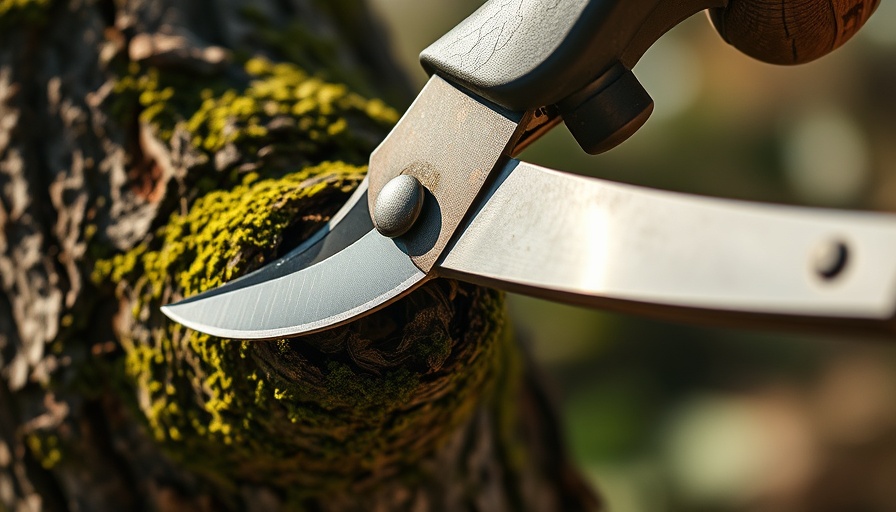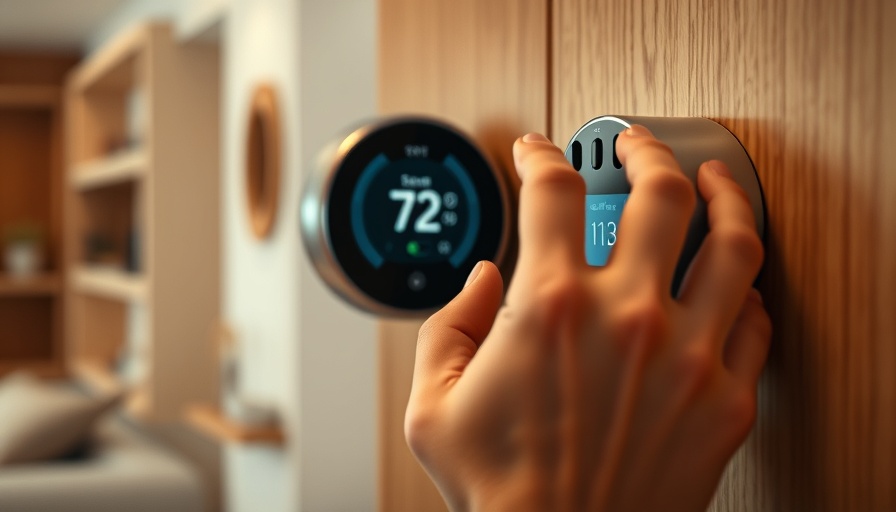
Understanding the Vital Role of Tree Pruning
Mature trees are a treasure in any backyard, especially in vibrant Southeast Michigan. Much like our homes, trees require regular care to thrive. Tree pruning plays an essential role in maintaining your trees’ health and promoting safe growth. It's not just about making things look neat; proper pruning helps prevent diseases, encourages airflow, and ensures your safety from falling branches.
Optimal Timing for Pruning Your Trees
The timing for pruning can differ depending on the species and condition of your tree. In general, late winter or early spring, during the tree's dormant period, is the best time to get started. This way, your trees experience less stress and can bounce back easily with the arrival of spring.
Specifically for deciduous trees, aim to prune any crowded or crossing branches to allow for better airflow. Remember not to chop off more than 20 to 25 percent in one go, as over-pruning can weaken the tree. Young trees require special attention too; thinning out the offshoots encourages a strong main trunk, much like guiding a child as they grow.
Special Considerations for Fruit Trees
For those who enjoy homegrown fruits, knowing when to tend to your fruit trees is crucial. Pruning during late winter, after the coldest spells but before budding begins, is ideal. On the other hand, summer might allow for light touches. This ensures that your fruit trees remain healthy and productive, leading to bountiful harvests!
Flowering Trees: A Unique Approach
If you have blossoming beauty in your yard, such as spring-blooming trees, wait until after they flower to prune. Timing is everything here—wait too long and you may accidentally cut off next year’s budding blooms! For those trees that blossom in summer, pruning early in the year is safe and helps promote vibrant growth.
Tools for the Job: Making Pruning Easier
As you get ready to prune, having the right tools makes a world of difference. Equip yourself with safety gear such as glasses and gloves, and use bypass pruners for small branches, loppers for thicker ones, and a pruning saw for the biggest jobs. Remember, while DIY-ing can be rewarding, don’t hesitate to call a professional if the task feels too big or dangerous!
 Add Row
Add Row  Add
Add 




Write A Comment